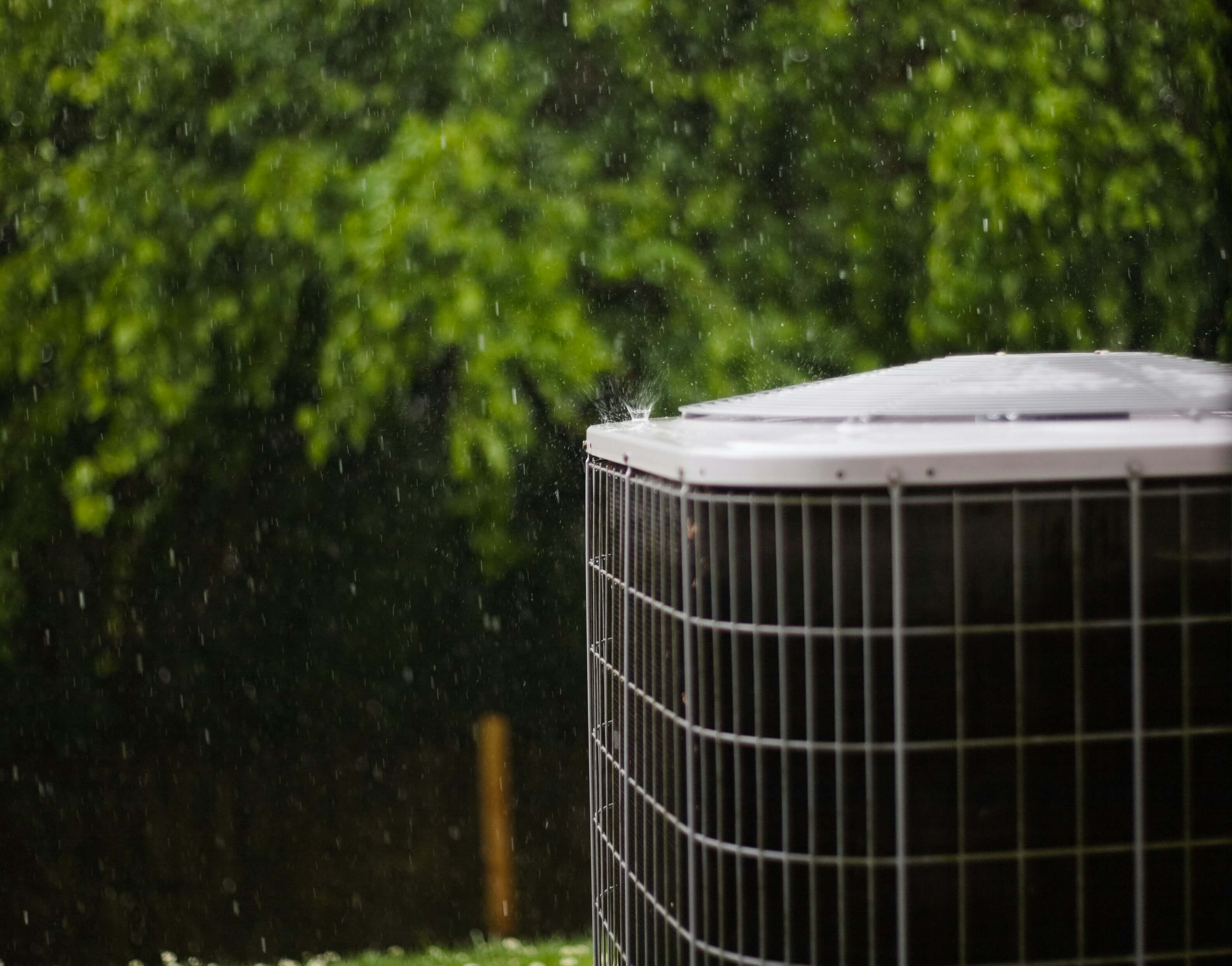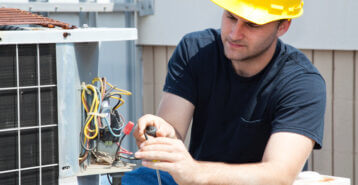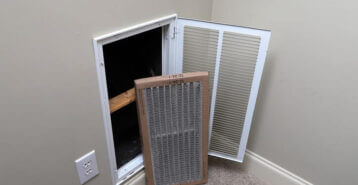Top Air Conditioners For Texas Homes

Cooling runs long and hard here—Texas ranks among the nation’s hottest states by cooling degree days – meaning, days when the AC is run. And most Texas homes use central AC, not room units. That reality puts a premium on reliability, comfort in triple‑digit heat, and support from nearby dealer networks. We weighted these factors plus several others (all explained below) to come up with the best brands and best AC units for Texas homes.
Trane: Best for all‑season reliability & Texas coverage

Built for long run times and harsh heat, Trane is a perennial favorite with installers. It also has deep roots in Texas manufacturing (a major facility in Tyler, TX), which supports parts availability and a large contractor base statewide. Look for two‑stage or variable‑speed models if you want quieter operation and tighter temperature control. Modernize’s Trane air conditioner review covers this in more detail.
Recommended Units
- Best: XV20i TruComfort (up to 5 SEER2, variable‑speed). Great for tight temperature control across long Texas summers.
- Better: XV18 TruComfort (up to 18 SEER2, variable‑speed) for quieter operation and improved humidity control.
- Good: XR16 (up to 2 SEER2, two‑stage) as a value‑minded comfort upgrade. Modernize reviewed Trane’s XR14 air conditioner favorably.
Lennox: Best for high efficiency and quiet operation
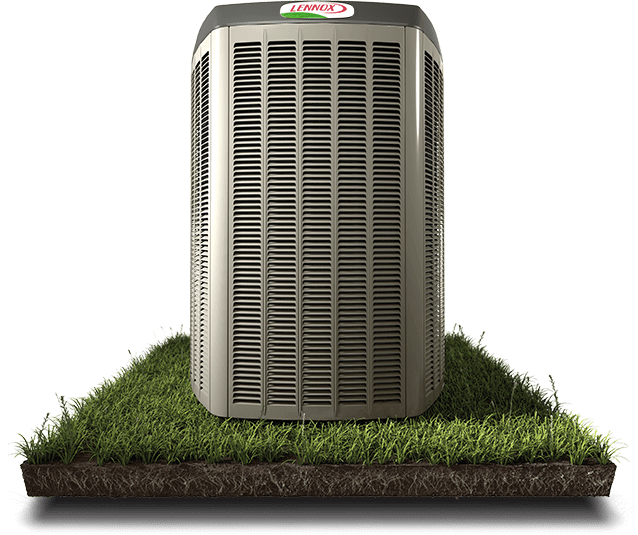
Lennox’s premium lines emphasize high efficiency and low noise, and the company is headquartered in Richardson, TX, which helps sustain a strong dealer network across the state. If comfort and sound levels matter, Lennox’s upper‑tier variable‑capacity models are worth pricing out. You can read more about this in Modernize’s Lennox air conditioner review.
Recommended Units
- Best: SL28XCV (Signature Collection, up to ~25.8 SEER2 depending on tonnage/match‑up). Ultra‑efficient, very quiet. You can check out Modernize’s in-depth review of the Lennox SL28XCV air conditioner for more details.
- Better: EL18XCV (variable‑speed, up to ~18.8 SEER2), strong comfort without the flagship price.
- Good: EL17XC1 (single‑stage, up to 4 SEER2) for straightforward reliability.
Carrier: Best coastal option (salt‑air durability)

Carrier offers cabinet and coil‑protection packages (WeatherArmor/WeatherShield) that help resist corrosion. That’s useful in Gulf Coast counties where salt air shortens equipment life. Also widely supported by Texas dealers. You can check out Modernize’s review of Carrier air conditioners for more information.
Recommended Units
- Best: Infinity® 26 (24VNA6) (variable‑speed). Top comfort + dehumidification with Greenspeed® intelligence. Modernize favorably reviewed the Carrier Infinity 26 air conditioner.
- Coastal pick: Comfort™ Coastal 26SCA5C** or Performance™ 18 26TPA8C** (two‑stage) with WeatherShield/WeatherArmor corrosion protection—ideal for counties near the Gulf.
Goodman: Best value + made in Texas
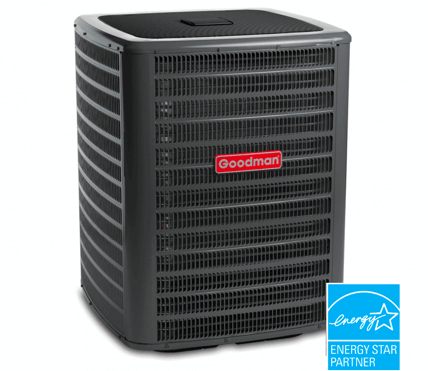
Goodman (part of Daikin) offers strong value and 10‑year parts warranties when registered, with manufacturing and logistics centered at the massive Daikin Texas Technology Park near Houston—another plus for statewide parts/service availability. For more information, check out Modernize’s review of Goodman air conditioners.
Recommended Units
- Best: GSXV9 (variable‑speed inverter, up to 5 SEER2). Modernize favorably reviewed the Goodman GSXV9 air conditioner.
- Better: GSXC7 (up to 2 SEER2, two‑stage, communicating). A solid option at a slightly lower SEER rating.
- Good: GSXH5 (up to 2 SEER2, single‑stage) for budget replacements.
Rheem: Best for broad mid‑tier coverage
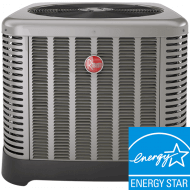
Rheem’s lineup gives Texas homeowners lots of mid‑range choices (single‑stage up to variable‑speed) that balance cost and comfort. Ask your contractor about coil protection options if you’re near the coast. You can also read Modernize’s review of Rheem air conditioners for more details.
Recommended Units
- Best: RA18AZ (Endeavor Prestige, inverter/variable‑speed, up to ~20.0 SEER2).
- Better: RA16AZ (Endeavor Achiever Plus, up to 17 SEER2).
- Good: RA15AZ (Endeavor Classic Plus, 2 SEER2) where budget dictates.
American Standard: Best variable speed
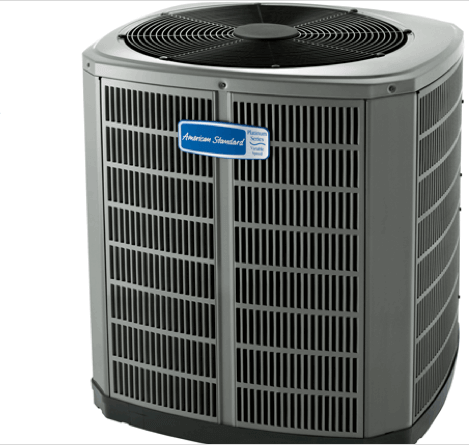
American Standard shares parentage and platform lineage with Trane on many models but maintains its own dealer network and warranties. It’s a solid “premium without the flash” choice across Texas. Modernize’s review of American Standard air conditioners can tell you even more.
Recommended Units
- Best: Platinum 20 (4A7V0) variable‑speed (up to ~21.5 SEER2). Great fit for long cooling seasons.
- Better: Gold 17 Multi‑Speed new “bridge” inverter platform; improved humidity control.
- Good: Silver 16 / Silver 15 LP space‑saving low‑profile option for tight lots.
How Were These Brands Chosen?
We consider six different categories to make our decision and weight those categories by what matters most in each state. Here’s how these brands shook out as we considered what is most important for homes in Texas.
- Reliability & support – 35%. For this category, we considered whether a warranty is offered, how easily available parts are in Texas, and the brand’s average unit lifespan.
- State climate fit – 25%. In Texas, we look for how well the brand handles humidity removal, its high-ambient performance, and corrosion protection for homes near the gulf.
- Efficiency & performance – 15%. We want to ensure that the brand offers units with the recommended SEER rating for Texas, variable-speed/2-stage models, and overall strong performance.
- Warranty quality – 10%. In all states, we look at how many years the parts and compressor are covered under warranty as well as how easy it is to make a claim.
- Dealer coverage & serviceability – 10%. Here, we want to know how dense the installer network is in the state as it will impact the availability of fast, authorized service.
- Price/value – 5%. In addition to looking at whether the brand offers mid-tier and budget-friendly models, we also evaluate the overall lifetime cost. That means not just how much it costs to buy and install the unit, but also how much homeowners spend on repairs and service over the unit’s lifespan.
Which AC Features to Choose in Texas
- Plan for high‑ambient performance. Texas routinely sees 100°F+ days, so prioritize models and installation practices designed for extreme heat (proper condenser spacing, clean coils, correct charge).
- Consider staging for comfort. Two‑stage and variable‑speed systems can improve summertime humidity control and comfort while reducing temperature swings—especially helpful in Gulf and Central Texas.
- Coastal corrosion matters. If you live within a few miles of the Gulf, ask for coastal/corrosion‑resistant packages. Carrier’s WeatherArmor/WeatherShield is one example; other brands offer similar options.
- Match the blower and thermostat. New condensers should be paired with compatible indoor blowers/controls to realize efficiency and comfort benefits (ENERGY STAR and DOE guidance).
What SEER2 rating is recommended for Texas homes?
Short answer: In most Texas homes, a 16–18 SEER2 central AC (preferably two‑stage or variable‑speed) is the practical sweet spot for comfort and bills. If you want to unlock the federal 25C tax credit, target a unit with a greater-than 17 SEER2 rating.
What Is the Federal 25C Tax Credit?
For 2025, the federal Energy Efficient Home Improvement Credit (25C) caps central‑AC credits at $600, but to qualify, split systems must be ≥17.0 SEER2 and ≥12.0 EER2. If you’re on the fence between a “good” unit and a “better” unit, this is a clean breakpoint.
Rule of Thumb For Texas SEER Ratings
- Budget‑minded: Choose 15.2–16 SEER2 with quality installation. That way, you’ll meet or exceed code and get measurable comfort gains over base models.
- Most homes: You will want a 16–18 SEER2 two‑stage or variable‑speed unit. This balances quieter operation, better humidity control, and lower bills during long run times.
- Premium: For the absolute best performance, look for a unit with 18–22 SEER2 variable‑capacity. This is best for homeowners who prize the quietest operation and tightest temperature control—or those who run cooling nearly year‑round on the Gulf Coast.
Tip: Whatever efficiency you choose, ask your contractor to confirm an AHRI‑certified match between the outdoor unit, indoor coil/air handler (or furnace), and thermostat/controls. This is often a requirement for rebates and ensures the published SEER2 actually applies to your installation.
Texas Rebates & Utility Programs: How to Actually Save
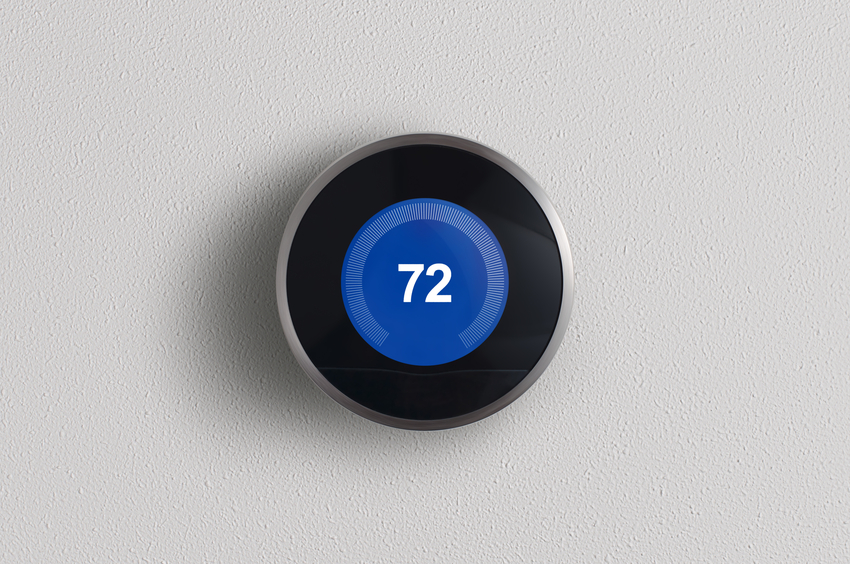
Texas rebates are run by your local electric utility (not your retail electricity provider) and overseen by the Public Utility Commission of Texas (PUCT). Most programs pay incentives through participating contractors and are first‑come, first‑served until funds run out. Expect requirements like AHRI‑matched equipment, permits, and post‑install inspections.
Major Utility Territories & What They Offer
Oncor (DFW / North Texas)
Where to learn more: Oncor Home Energy Efficiency (HEE) programs
What it covers: Oncor provides incentives to participating service providers for measures including central air‑conditioner upgrades and insulation. Programs typically run February–November and can close early when funds are fully reserved. Homeowners must live in Oncor territory and work with an approved provider. 2025’s HEE Standard Offer Program, incentives are budgeted and paid based on verified savings; providers pass value to the customer as a discount.
AEP Texas (Corpus Christi / Rio Grande Valley / West Texas)
Where to learn more: AEP Residential Offerings + AEP CoolSaver
What it covers: AEP Texas funds AC tune‑ups, duct sealing, smart thermostats, and high‑efficiency AC replacements via participating contractors. The CoolSaver A/C Tune‑up Program specifically incentivizes high‑performance tune‑ups and AC replacements; incentives are paid to contractors and show up as instant discounts on your invoice once eligibility is verified.
CPS Energy (San Antonio)
Where to learn more: CPS HVAC Rebates
What it covers: CPS pays $90–$310 per ton for qualifying central AC equipment. The current application window runs February 1, 2025–January 2026 (see program form). Apply online or by paper; you’ll need your invoice, model/serial photo, and proof the unit meets program criteria.
Austin Energy (Austin)
Where to learn more: Austin Energy Air Conditioning Rebates and Incentives
What it covers: Rebates average ~$500 and scale with efficiency tiers—for central split ACs and mini‑splits: Tier 1 (15.2 SEER2 / 12.0 EER2) = $400; Tier 2 (17.0 / 12.0) = $500; Tier 3 (18.0 / 13.0) = $600 (amounts may vary). Requirements include using a participating contractor, replacing all system components, Manual J sizing, proper permits, and a post‑installation inspection.
CenterPoint Energy (Greater Houston)
Where to learn more: CenterPoint Energy 2025 Residential Standard Offer Program
What it covers: CenterPoint’s Residential Standard Offer Program (RSOP) and Midstream HVAC program channel incentives through contractors and distributors (not typically direct to homeowners). Practically, this shows up as lower installed prices from participating contractors on qualifying high‑efficiency AC equipment. Ask your contractor whether they participate in CenterPoint’s 2025 programs.
El Paso Electric (El Paso)
Where to learn more: El Paso Electric Residential Solutions Program
What it covers: EPE offers Texas Residential Solutions rebates; 2025 program materials include a cooling rebate application for refrigerated air (central AC) upgrades. Customers can authorize rebates to be paid directly to their contractor. Start on EPE’s program hub to confirm current amounts and contractor participation.
SWEPCO (East Texas)
Where to learn more: SWEPCO HVAC Incentive Program and 2025 Residential Energy Improvement Pathway Manual
What it covers: SWEPCO helps pay for high‑efficiency central ACs through its Texas HVAC Incentive Program and Residential Energy Improvement Pathway (contractor‑led quality installation). Check current caps and dates; some materials reference incentives up to several thousand dollars for qualifying units.
TNMP (Texas‑New Mexico Power)
Where to learn more: TNMP Residential Programs
What it covers: TNMP runs residential efficiency programs (including new high‑performance homes and HVAC measures) with details posted on its residential hub; incentives are typically accessed via participating contractors.
Typical Installed Costs For AC Units in Texas
For a standard central AC replacement (condenser + indoor coil/air handler, using existing ducts), national data points put typical installed costs roughly in the $3,300–$8,200 range for common sizes, with premium systems running higher. Larger homes, duct repairs, and electrical upgrades push costs beyond that. Use these as ballparks, then get local quotes.
You can check out our HVAC cost calculator to get a sense of what your own project may cost. Additionally, we have covered AC replacement cost in Houston and AC replacement cost in Austin if you happen to be in those cites and would like additional information.
Need help finding a contractor or installer? Click below to get started.
Compare top-rated HVAC pros in your area.
Read real homeowner reviews, explore qualifications, and view promotions. Modernize makes it easy to browse professionals and find one that will be perfect for your project.



